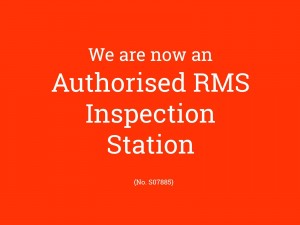4wd services
 The hardest part of owning a 4×4—or any vehicle for that matter—is the maintenance required to keep it in optimal condition. Maintaining and looking after your 4×4 should be a priority if you want your vehicle to last, and if you’re driving in harsh conditions year after year, it’s a good idea to do preventive maintenance before and after each season so your 4×4 will continue to perform well. One of the keys to maintaining a 4×4 is to repair the various problems before the problems become worse and eventually something fails. This goes for city drivers as well, because stop-and-go traffic can be just as bad as driving on the rugged terrains.
The hardest part of owning a 4×4—or any vehicle for that matter—is the maintenance required to keep it in optimal condition. Maintaining and looking after your 4×4 should be a priority if you want your vehicle to last, and if you’re driving in harsh conditions year after year, it’s a good idea to do preventive maintenance before and after each season so your 4×4 will continue to perform well. One of the keys to maintaining a 4×4 is to repair the various problems before the problems become worse and eventually something fails. This goes for city drivers as well, because stop-and-go traffic can be just as bad as driving on the rugged terrains.
Part of maintaining and looking after your 4×4 is servicing the clutch. If you have a manual transmission, checking the clutch free travel is very important. The free travel is the point where the clutch starts to disengage after you step on the clutch pedal; normally, this distance should be about 3cm wide. As the clutch wears down, the free travel wears down as well. If you’re not adjusting the free travel, your clutch pedal could eventually become disengaged all the time, and that could accelerate the wearing of the clutch to the point of failure.
Call Now (02) 9545 0666
Another part of maintaining and looking after your 4×4 is the brakes. The brakes help stop your car, so there’s no question as to whether they’re important or not. With the engine running, step on the brake pedal. The pedal should go no more than halfway down. They also should not squeak or make a noise when you’re in the middle of a stop. If the brakes don’t seem right, you can always take your vehicle to a mechanic for a preventive check-up. If necessary, your brakes may need an adjustment.
This also goes without saying, but check your tires! Proper tire pressure is a must when you’re maintaining and looking after your 4×4. If you’re wondering what the correct air pressure is for your tires, there’s an old trick you can use. Take a piece of chalk and draw a line across the tread, then drive your 4×4 for about a block or so. Check to see if the chalk wears off evenly or if there is more chalk on one side or the other. It should wear off evenly. If there is more chalk in the middle, then your tire is overinflated; if there is more chalk on the edges, then your tire is underinflated.










